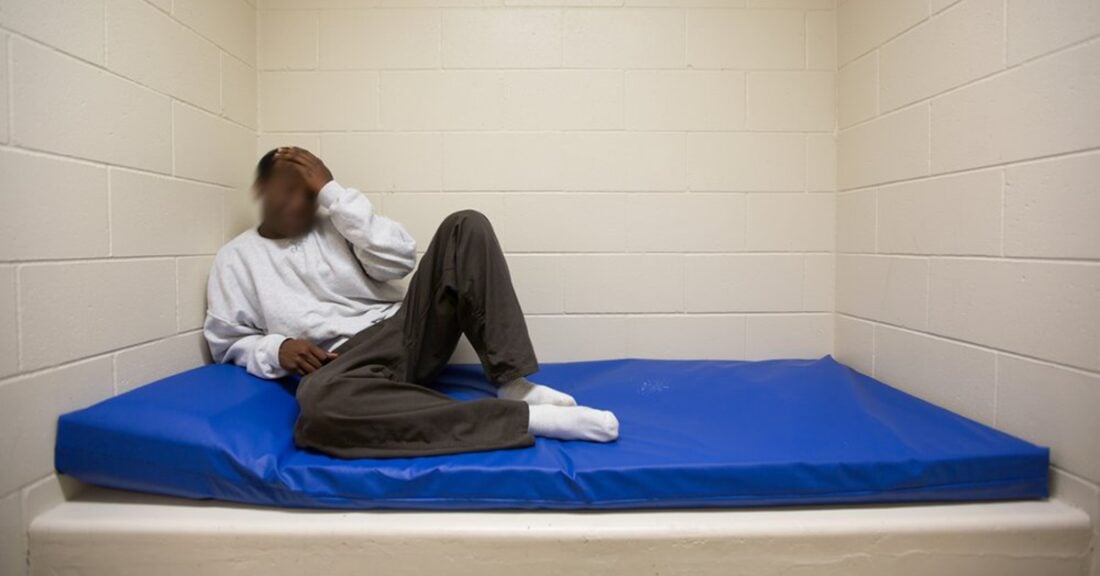Youth Detention and the Pandemic
New Data Show the Role of Race and Place

The Annie E. Casey Foundation’s Changing Course in Youth Detention: Reversing Widening Gaps by Race and Place exposes the large and widening gaps in youth detention by race and place. The report comprises three years of research from the Foundation and tracks the effects of the COVID-19 pandemic on juvenile justice systems.
Charts and analysis show that, depending on their race and the region and jurisdiction in which they reside, young people in the United States live in different realities when it comes to the odds of being detained. The disproportionate use of detention for Black youth — already distressingly high before the pandemic — has increased substantially. Also, over that three-year period, local and regional differences in the use of detention have increased dramatically, a reminder that most decisions about youth detention are made locally.
Download the Findings and Analysis
The Pandemic’s Effects on Youth Justice
The data from Casey’s monthly survey during this period offer an unparalleled glimpse into hundreds of juvenile justice systems around the country. The Foundation observed significant and concerning changes — especially for Black youth:
- As of January 1, 2023, Black youth were almost 10 times more likely to be detained than their white peers. Prior to the pandemic, Black youth were detained at more than six times the rate of white youth.
- The overall detention population rose to its previous level, with the population of Black youth surpassing its old level. Even though the rate of admissions to detention centers is still much lower for Black, Hispanic and white youth than it was before the pandemic, the population has rebounded and even surpassed its pre-pandemic level for Black youth.
- Local differences in the use of detention have increased dramatically. When comparing the third of sites with the biggest increases in detention over the past three years to the sites with the biggest decreases, the data showed one group had slashed its use of detention by almost 30% while the other had a 60% increase.
- Survey jurisdictions in the Midwest have had the largest increases since the pandmeic. A comparison of trends by region shows that surveyed sites in the Midwest, which already had higher rates of detention than those in other regions before the pandemic, had a detention rate 60% higher than those in other regions in January 2020. Three years later, that gap had grown to 80%.
Addressing Youth Detention Racial Disparities
These findings on the well-being of thousands of young people are alarming. The systems’ capacity to manage detention centers safely is already stretched to the limit, and its gatekeepers are driving detained populations — disproportionately Black — higher. Detention poses real dangers to young people and is an ineffective response to crime. One peer-reviewed study concluded that pretrial juvenile detention increases the odds of felony recidivism by 33%. Even a short stay in detention is associated with serious harm to young people’s mental and physical well-being, their education and employment prospects and their risk of further justice system involvement.
Context matters, and it must be acknowledged that the survey was conducted during a tumultuous three-year period. Against that backdrop, it would be easy to assume that the growth in youth detention is just one more symptom of a society under stress — a regrettable, but inevitable, sign of the times.
But higher detention populations are not inevitable — and the evidence for this is in the findings. Juvenile justice systems can take action to align policies and practices to ensure young people are detained only as a last resort and no longer than necessary. These reforms will contribute to improved safety and opportunity in our communities, increased fairness and efficacy in our justice system and higher prospects for a brighter future for our children.






